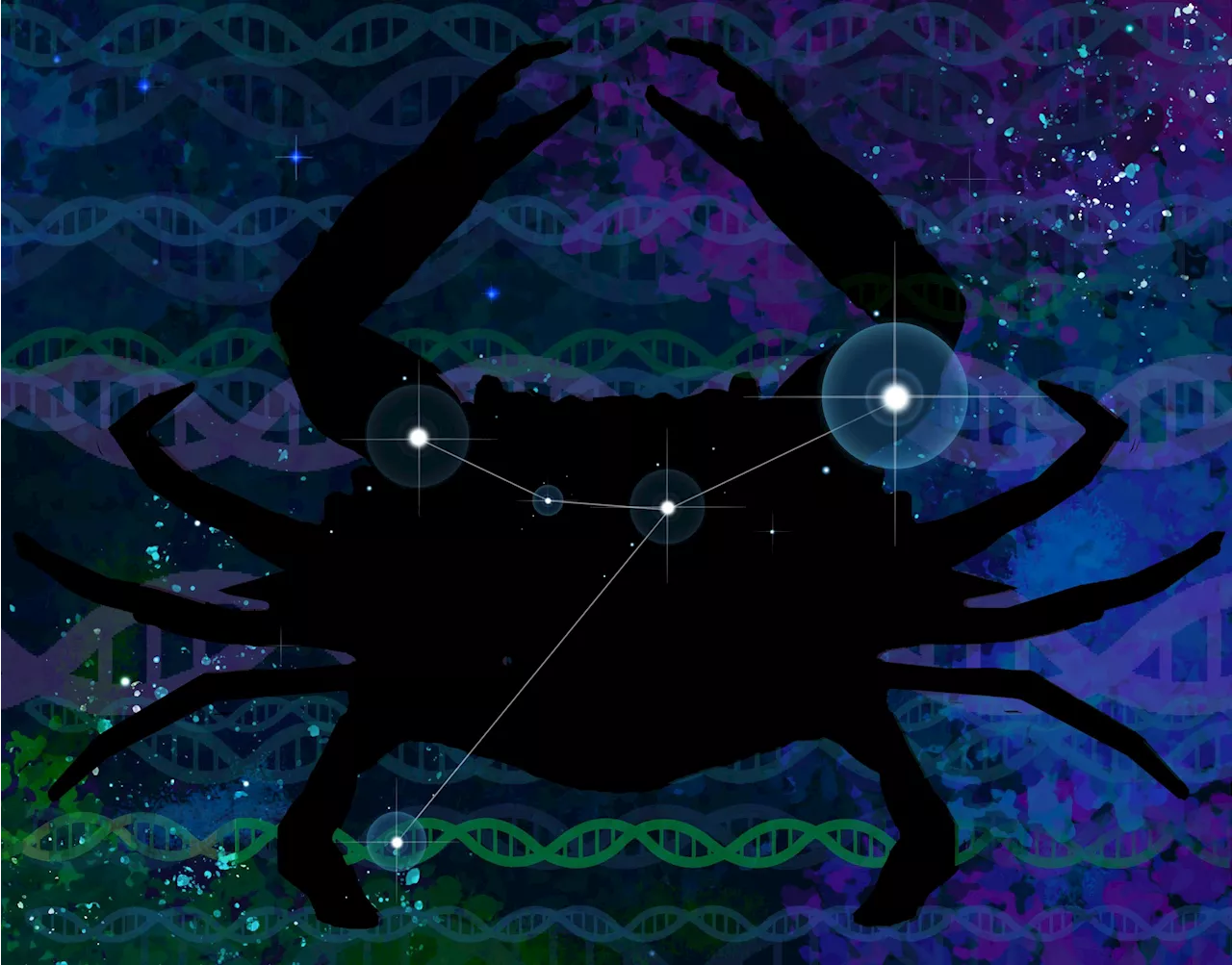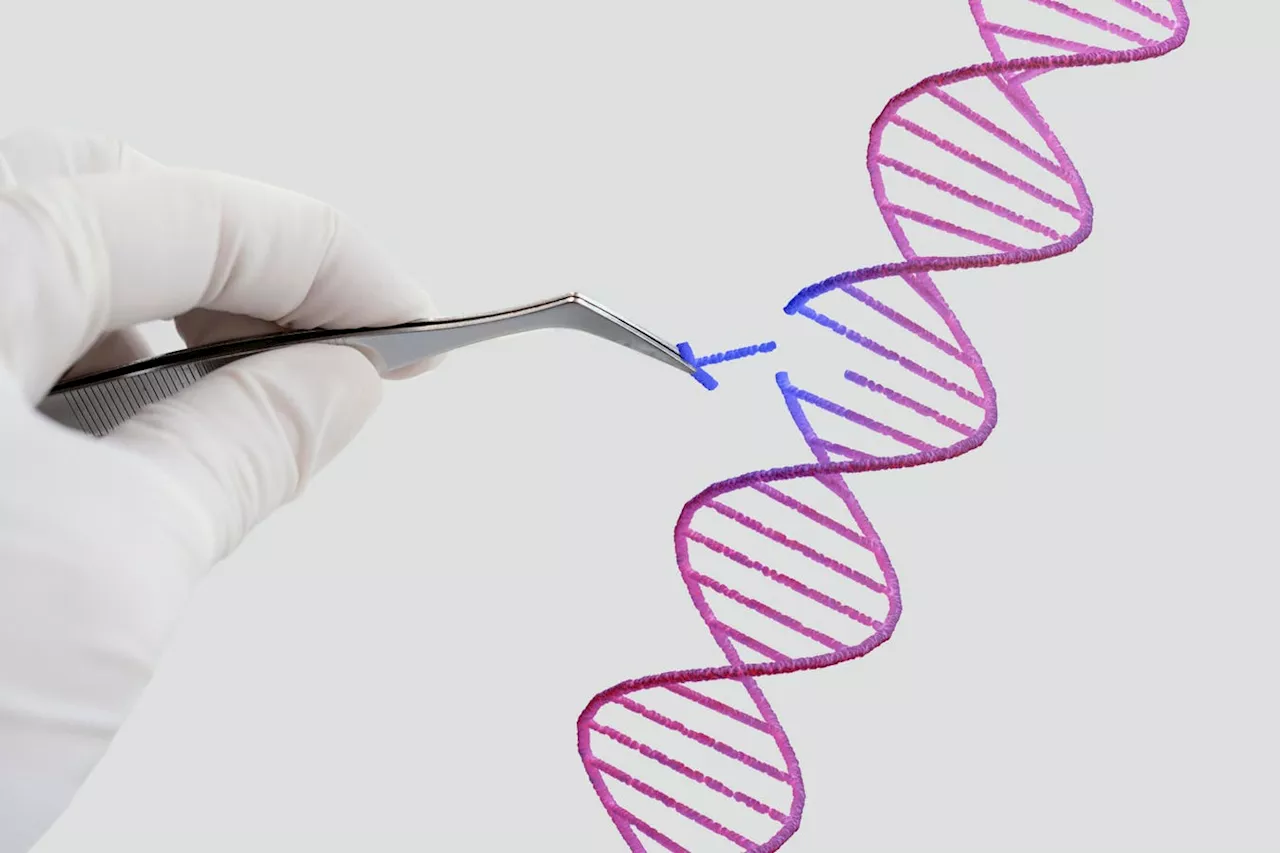Through DNA sequencing of Tasmanian devils and their tumors, researchers have tracked the genomic interactions between the animals and the cancer.
Over the past 30 years, Australia's Tasmanian devil population has been afflicted with an infectious cancer that has pushed the species to near extinction. The marsupials are highly susceptible to devil facial tumor disease, which is almost always fatal to their species. The genomic interactions between the disease and its host correlate with how quickly a susceptible animal becomes infected after exposure to the pathogen.
Using a recently developed joint genome-wide association study, Margres and Gallinson assessed 960 genomes and 15 years of data on captured devils to track the co-evolution of the devils and the cancer. Their findings can inform both epidemiological models that track infectious diseases and devil management strategies that focus on saving the endangered species.Dylan G. Gallinson, Christopher P. Kozakiewicz, Rhett M. Rautsaw, Marc A. Beer, Manuel Ruiz-Aravena, Sebastien Comte, David G. Hamilton, Douglas H. Kerlin, Hamish I. McCallum, Rodrigo Hamede, Menna E. Jones, Andrew Storfer, Ryan McMinds, Mark J. Margres.
Researchers have found strong evidence that a transmissible cancer that has decimated Tasmanian devil populations likely won't spell their doom. For the first time, a research team employed genomic ...
Österreich Neuesten Nachrichten, Österreich Schlagzeilen
Similar News:Sie können auch ähnliche Nachrichten wie diese lesen, die wir aus anderen Nachrichtenquellen gesammelt haben.
 Revealing the evolutionary origin of genomic imprintingSome of our genes can be expressed or silenced depending on whether we inherited them from our mother or our father. The mechanism behind this phenomenon, known as genomic imprinting, is determined by DNA modifications during egg and sperm production.
Revealing the evolutionary origin of genomic imprintingSome of our genes can be expressed or silenced depending on whether we inherited them from our mother or our father. The mechanism behind this phenomenon, known as genomic imprinting, is determined by DNA modifications during egg and sperm production.
Weiterlesen »
 Revolutionizing Cancer Detection: New Machine Learning Method Deciphers Genomic “Dark Matter”Science, Space and Technology News 2024
Revolutionizing Cancer Detection: New Machine Learning Method Deciphers Genomic “Dark Matter”Science, Space and Technology News 2024
Weiterlesen »
 Researchers develop genomic method of monitoring for pesticide resistanceFarmers rely on pesticides to control agricultural pests. But insects often develop resistance to the toxins in pesticides. University of Maryland researchers have developed and successfully tested a strategy for using genomics to monitor for and identify emerging resistance to specific toxins early, well before it becomes a widespread problem.
Researchers develop genomic method of monitoring for pesticide resistanceFarmers rely on pesticides to control agricultural pests. But insects often develop resistance to the toxins in pesticides. University of Maryland researchers have developed and successfully tested a strategy for using genomics to monitor for and identify emerging resistance to specific toxins early, well before it becomes a widespread problem.
Weiterlesen »
 Ancient DNA reveals intriguing details about a sixth century Chinese emperorScholars have speculated about the sixth-century emperor’s looks. A new analysis of genetic material recovered from the ruler’s remains has revealed some clues.
Ancient DNA reveals intriguing details about a sixth century Chinese emperorScholars have speculated about the sixth-century emperor’s looks. A new analysis of genetic material recovered from the ruler’s remains has revealed some clues.
Weiterlesen »
 Scientists discover a key quality-control mechanism in DNA replicationWhen cells in the human body divide, they must first make accurate copies of their DNA. The DNA replication exercise is one of the most important processes in all living organisms and is fraught with risks of mutation, which can lead to cell death or cancer.
Scientists discover a key quality-control mechanism in DNA replicationWhen cells in the human body divide, they must first make accurate copies of their DNA. The DNA replication exercise is one of the most important processes in all living organisms and is fraught with risks of mutation, which can lead to cell death or cancer.
Weiterlesen »
 Gene Therapy, DNA's Past, RNA's Future: A Time Of PromiseI am a scientist, businessman, author, and philanthropist. For nearly two decades, I was a professor at Harvard Medical School and Harvard School of Public Health where I founded two academic research departments, the Division of Biochemical Pharmacology and the Division of Human Retrovirology.
Gene Therapy, DNA's Past, RNA's Future: A Time Of PromiseI am a scientist, businessman, author, and philanthropist. For nearly two decades, I was a professor at Harvard Medical School and Harvard School of Public Health where I founded two academic research departments, the Division of Biochemical Pharmacology and the Division of Human Retrovirology.
Weiterlesen »
